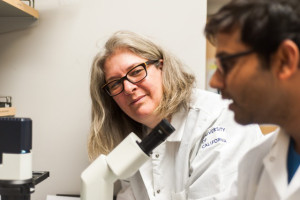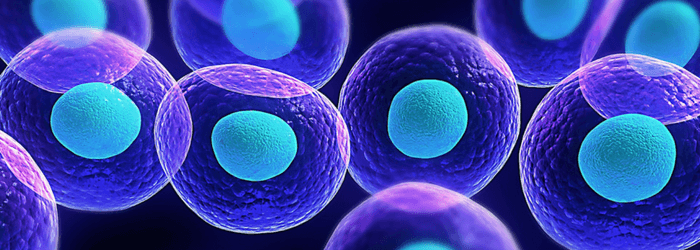UCLA researchers have developed a way to use stem cells to help potentially rebuild damaged spinal cords.

In a study published in January, researchers in the Eli and Edythe Broad Center of Regenerative Medicine and Stem Cell Research established a way to derive sensory
interneurons, which are cells involved in reflexes and relaying sensory information to the brain, from stem cells. The researchers identified a specific signaling molecule that caused the stem cells to mature into sensory interneurons.
Stem cells are young cells that can differentiate, or mature, into specific cell types, such as blood cells or neurons, according to the National Institutes of Health. Learning how to differentiate stem cells into specific neuron types is important for some therapies for spinal cord injuries that replace old or damaged tissues with young and healthy cells, according to the study.
Spinal cord injuries cost $40 billion in health care annually in the United States, according to the study. Current therapies focus on protecting the spinal cord from further damage, while stem cell therapies have the potential to reverse and repair damage by replacing damaged cells with new ones.
Samantha Butler, a professor of neurobiology and senior author of the study, said sensory interneurons are involved in fast reflexes, like moving your hand away from heat. They process information and either react immediately or pass the information to the brain for further analysis, she added.
Butler said other researchers have already found ways to differentiate stem cells into other kinds of neurons, but had not yet found a way to differentiate stem cells into interneurons.
“Directing stem cells into spinal motor neurons was developed a while ago,” Butler said. “But how to differentiate stem cells into sensory interneurons was really an open question – a protocol needed to be developed.”


